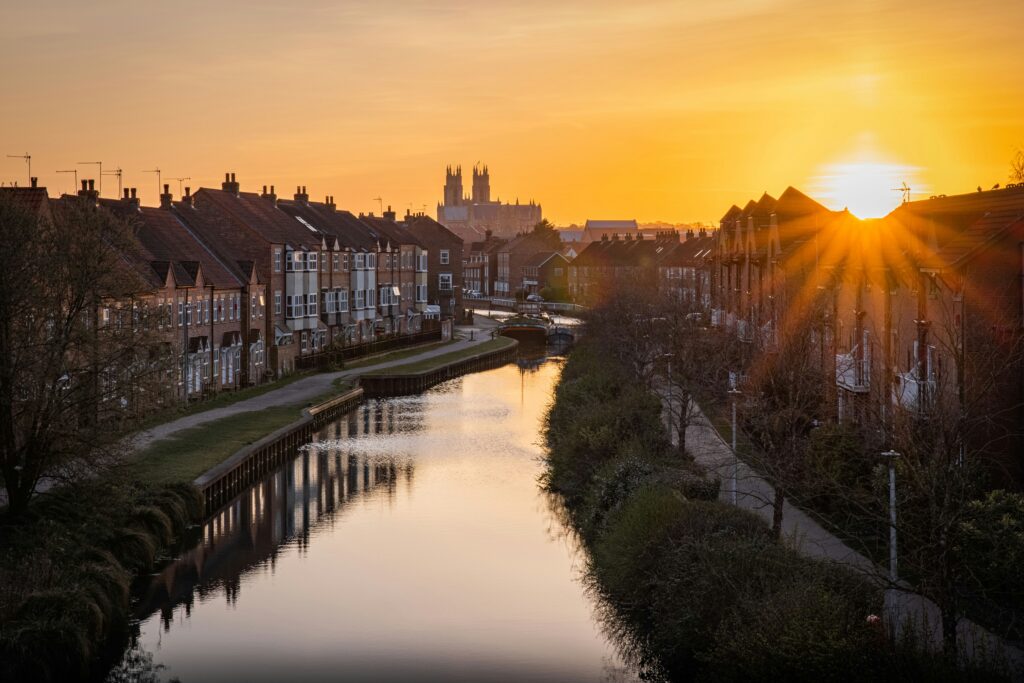Cynthia Wamukota
GCHU Intern and Master of Public Policy (MPP) student, University of Oxford
Email: [email protected]
The United Kingdom continues to fall behind its European peers in the quality and affordability of housing. In 2023, a report by the Home Builders Federation found that the UK has inadequate quality housing, with 15% of all homes falling short of the Decent Homes Standard. Consequently, there has been an uptake in the construction industry as it tries to meet the demand. According to the Federation, the increased pace of house building will have an adverse impact on the environment if not properly managed. Therefore, this presents a unique opportunity to meet the housing needs while caring for the environment. Although environmental protection and housing needs appear diametrically opposed, taking a stewardship approach can ensure the achievement of both.
In the past couple of decades, environmental stewardship has taken root in the United Kingdom. Environmental stewardship is seen as a combination of conservation, restoration, and sustainable use and management of resources. Care for nature is at the heart of environmental stewardship as an acknowledgment of the finiteness of resources. With the acceleration in global warming and climate change, the urge for proactive conservation of nature has never been more evident.
Retrofitting older homes provide affordable and cheaper options to clients while preserving community heritage and the environment. Before creating a new home, the decision should be based upon proper evaluation of the costs and benefits. Brownfield development is the preferred option as it ensures optimal conservation and reduction of the carbon footprint hence contributing to sustainable development and environmental protection.

Design of buildings should encourage the minimum use of energy. By using locally available material, transportation needs will hence reduce the carbon footprint. The orientation and positioning of buildings on site significantly increases access to natural light and proper air movement therefore reducing the use of electricity. The use of renewable sources of energy such as solar and wind power offers an opportunity for environmental conservation.
Environmental stewardship and housing in the UK can be symbiotic concepts that coexist through proper planning and execution. The Environment Agency, the body tasked with protecting and improving the environment, has extensively researched the feasibility of marrying the population’s housing needs with environmental conservation through sustainable development. Sustainable communities and sustainable development are pivotal in ensuring environmental stewardship. Specifically, sustainable housing development plays a crucial role in this regard.
Environmental stewardship should not be prioritized at the expense of people’s welfare. It should embrace the principles of social justice and community care as much as it does for nature because the welfare of the current generation is equally important. For people to embrace sustainability and stewardship, they should be educated about the benefits for them and future generations. This requires an exploration of all trends in sustainable development to achieve environmental stewardship goals while providing adequate housing. There are various solutions to housing problems within a sustainability framework, including human-centric, eco-centric, and techno-centric approaches.
Seeking the expertise of industry stakeholders who have experience with different approaches to sustainable housing is crucial. Retrofitting urban structures is a recurring theme in conversations with these experts in the sustainable construction space. As noted above, more than 15% of the homes in the UK are not up to standard. Therefore, there is an opportunity to upgrade their condition through retrofitting while paying heed to sustainability. Furthermore, tiny homes are another solution that benefits the environment while providing housing for the population.
Thus, a linkage between traditional methods to the modern and sustainable development of the built environment is necessary for harmonizing environmental stewardship and housing needs. This shift requires a holistic approach that considers environmental, social, and economic factors. In conclusion, environmental stewardship and housing can coexist through proper planning, education, and expert execution. By embracing sustainable development, the UK can create communities that not only meet housing needs but also protect the environment for future generations.
